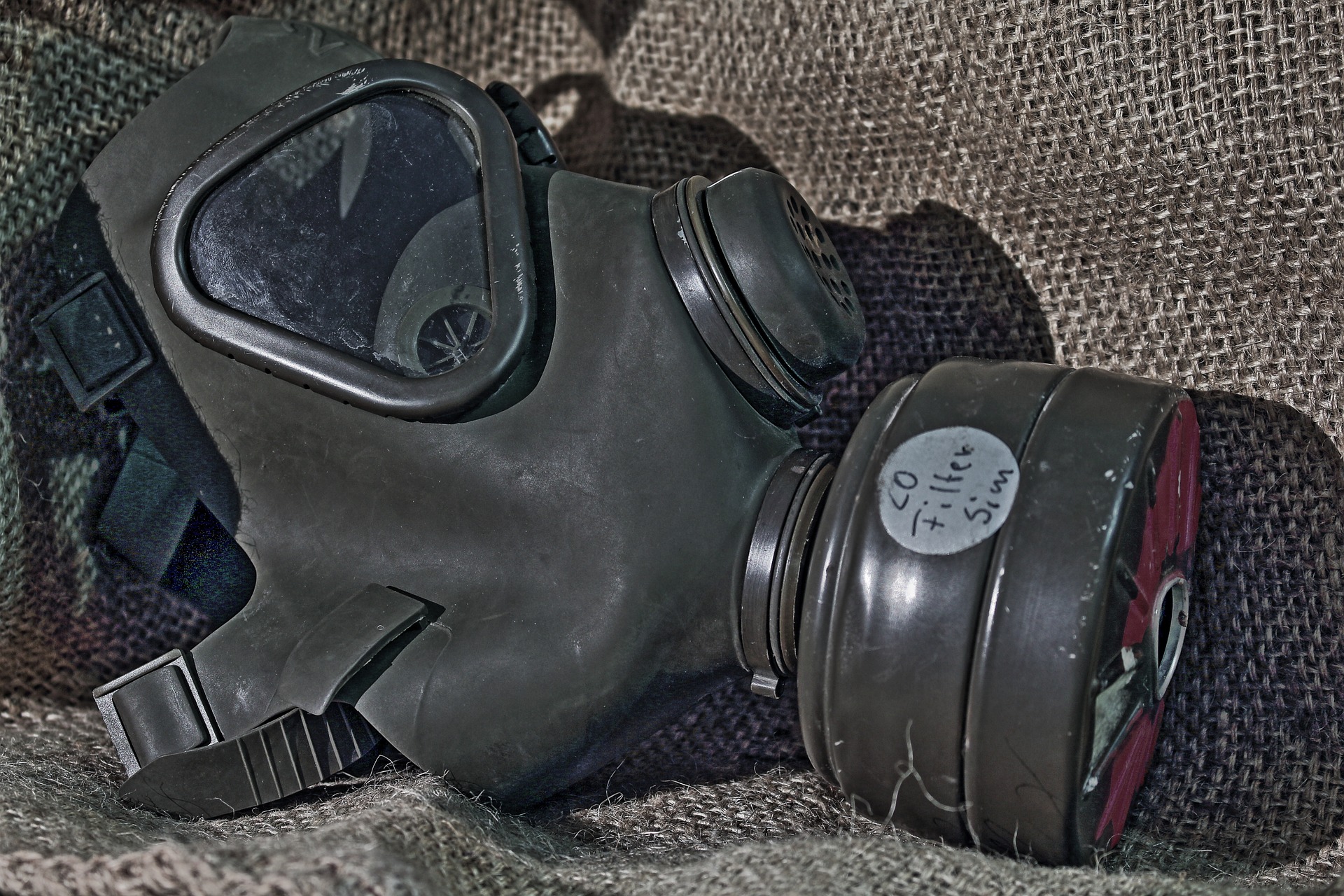You head over to bed 44 to meet the BLS crew as they start telling you about an 82 year old man who has been having trouble breathing and is “confused” as per his family. His oxygen saturation when you check is 76% and quicker than you can say “sepsis”, the eager resident has popped the grey airway box open and is setting up to intubate.
You slap the NRB on and turn the O2 up all the way. So why is the resident so focused on finding and placing a nasal cannula too?!
Apneic oxygenation (AO) is used to extend the time until critical arterial desaturation (SaO2 88-90%) following cessation of breathing/ventilation that occurs during intubation. AO, similar to our other RSI preparation, premedication, and positioning, is used to optimize the patient prior to the first intubation attempt.
First demonstrated by anesthesiologists over 50 years ago, the alveoli of the lungs will continue to take up oxygen even in the absence of active breathing. AO focuses on increasing a patient’s oxygen saturation through “nitrogen washout” in first the alveoli, and then throughout the circulation. This effectively replaces the nitrogen one inhales in normal atmospheric air with oxygen and increases the patient’s overall oxygen storage in both the lungs (95% of a person’s natural reservoir) and bloodstream. Maximizing pre-oxygenation provides us an additional buffer of time for “safe apnea” during oral intubation. In a 2011 article in the Annals of Emergency Medicine, Weingart et al outline recommendations to reduce the risk of hypoxemia during emergency tracheal intubations which include emphasis on:
Pre-oxygenation for every patient
- Nasal Cannula set at 15 L/min is the most effective method of AO
- Non-rebreather mask at rates as high as possible
- HOB elevated 20-30 degrees or Reverse Trendelenburg in suspected C-spine injuries
- Minimum of 3 minutes total or 8 deep breaths, if possible
Take home: Keep in mind the acronym “NO DESAT” which stands for “Nasal Oxygen During Efforts Securing A Tube”. A nasal cannula with high flow rates should be placed on every patient prior to endotracheal intubation and left in place during attempts in order to reduce the risk of hypoxemia and deterioration.
